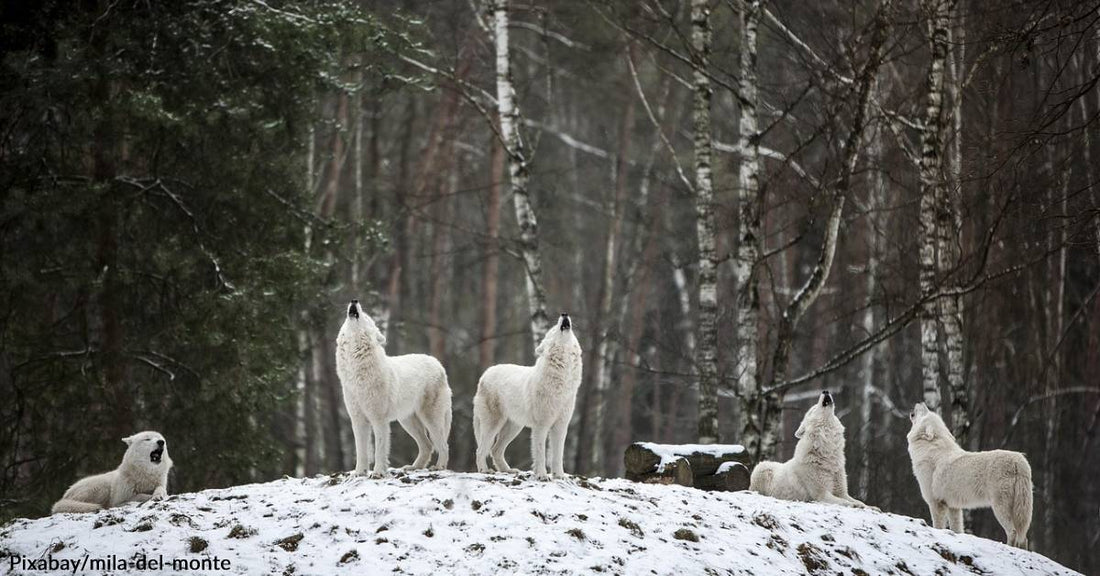Arctic Wolves Fare Better Due to Extreme Isolation
Rebecca West
While there is safety in numbers and wolves are pack animals, it's the virtual isolation of the arctic or polar wolf that has kept its numbers strong. Living near the arctic circle and Greenland, Canis lupus arctos is one of the few wolf populations with stable numbers, leaving it off any lists pertaining to endangered species. In fact, it's estimated their numbers are as high as 200,000 in their natural habitat.
Natural Predators
Living their whole lives above the northern tree line in the Arctic tundra of North America and Greenland, they have no real predators to worry about and human populations are extremely low. This creates a unique environment for them to live within, considering human encroachment into almost every other sphere of life. In the Lower 48, hunting and trapping are the major threats to their survival. This is usually a result of farmers and ranchers viewing them as menaces to their livestock or those involved in the lucrative fur trade.
Cause for Celebration
Currently, their conservation status is listed as of the Least Concern. Living for around 7-10 years in the wild, they are a kind of grey wolf that has adapted to their surroundings through a number of evolutionary changes. Like many creatures living in extreme cold, they have developed smaller ears to reduce their surface-area-to-volume ratio. These proportionally smaller ears mean that there's less surface area from which to lose heat, compared to the larger ears of their more southern cousins like the grey wolf.
Adapting to the Environment
Other adaptations include thick, camouflaged, seasonal fur that is highly insulating, a thick layer of body fat for insulation and food storage to assist in surviving harsh winters when food supplies may be sporadic, fur on their paws to insulate them from snow and ice while providing a better grip on slippery surfaces, and countercurrent heat exchanger mechanisms in the paws. Say what?
Along with other critters — including domestic canines — there's actually a mechanism in the paws of polar wolves that keeps their tootsies at a lower temperature than their body core, thus minimizing heat loss through the extremity in contact with the cold ground. Blood entering the paws is used to heat up blood that is leaving, which keeps the core from being cooled by heat loss at the extremities. Make sense? Similar mechanisms are found in the feet of penguins and other fowl like ducks.
Hunting in Groups
While they have been known to hunt solo, polar wolves can hunt in packs of up to 20 members and cover large territories of 1,000 square miles or more when searching for food. The size of the territory is said to be related to the amount of food available.
For more information on the magnificent arctic wolf, visit the World Wildlife Foundation.





